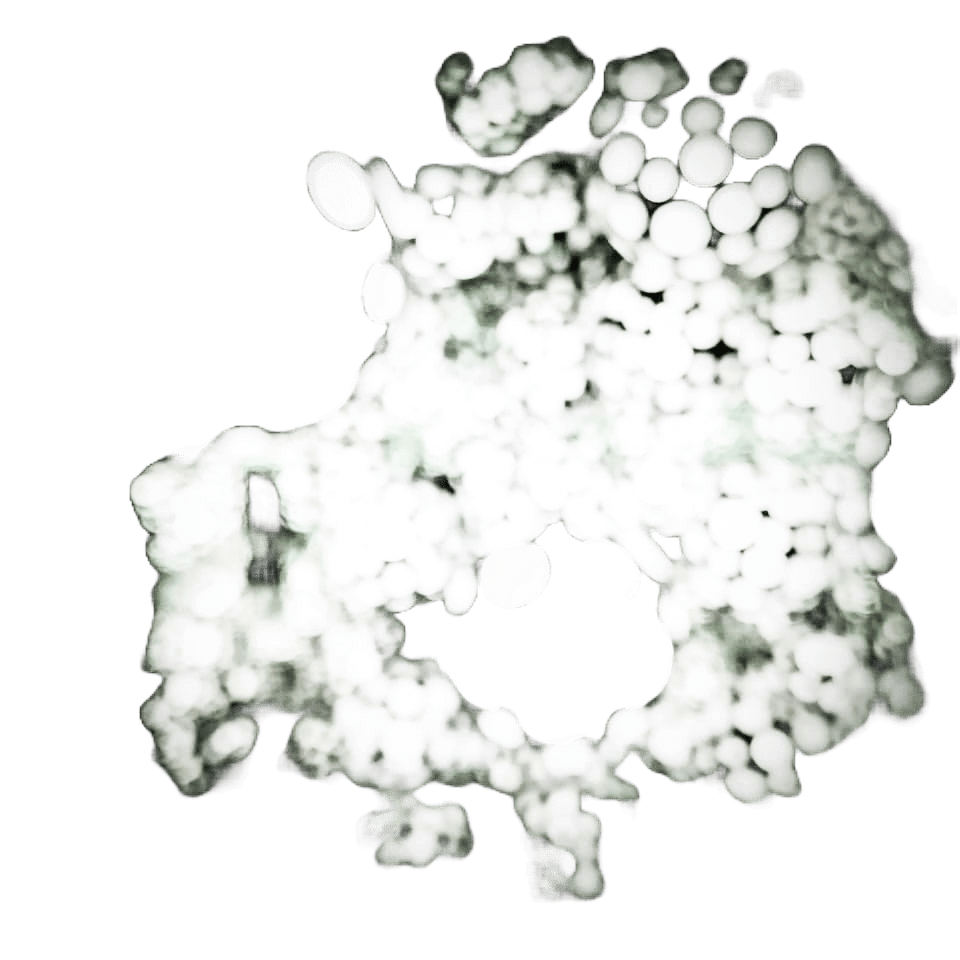2019
 This article discusses the changing representation of suicide in selected Japanese literary and visual texts, focusing on four 20th and 21st century novels (Kokoro by Natsume Soseki [1914], The Silent Cry/Man’en Gannen no Futtoboru by Kenzaburo Oe [1967], Norwegian Wood/Noruwei no Mori by Haruki Murakami [1987], and Gray Men/Gurei Men by Tomotake Ishikawa [2012]), and concluding with a brief mention of Sion Sono’s film Suicide Circle (Jisatsu Sakuru, 2002) and the manga it inspired (Jisatsu Circle, Furuya Ukamaru, 2002). The article argues that the discussed texts have departed from the historic/nationalistic notion of suicide as noble death in favour of a more Gothic positioning of the theme. In Gothic, suicide has been conventionalised as a declaration of guilt, a side-effect of madness, an extreme form of self-harm, the ultimate withdrawal from life, and a reason for a ghostly return. In Japanese texts, suicide is at the same time civilised and barbaric, elegant and chaotic. It is a perfectly composed act of ascetic renunciation and achievement of a Buddhist ideal, as well as an unstoppable viral outbreak that threatens all life. It is an act of submission to societal norms, a cry of rebellion, and a call to revolution; a choice of an individual, but also the play of karmic forces bound to be repeated. While proposing a familiar Gothic positioning of suicide in the context of depression, alienation, inertia, defiance against authority, dysfunctional relationships, death instinct, or masochistic submission, the discussed texts, a testament to the convergence of Western and Eastern philosophies in modern Japan, invite us to revisit these Gothic conventions from a transcultural perspective.
This article discusses the changing representation of suicide in selected Japanese literary and visual texts, focusing on four 20th and 21st century novels (Kokoro by Natsume Soseki [1914], The Silent Cry/Man’en Gannen no Futtoboru by Kenzaburo Oe [1967], Norwegian Wood/Noruwei no Mori by Haruki Murakami [1987], and Gray Men/Gurei Men by Tomotake Ishikawa [2012]), and concluding with a brief mention of Sion Sono’s film Suicide Circle (Jisatsu Sakuru, 2002) and the manga it inspired (Jisatsu Circle, Furuya Ukamaru, 2002). The article argues that the discussed texts have departed from the historic/nationalistic notion of suicide as noble death in favour of a more Gothic positioning of the theme. In Gothic, suicide has been conventionalised as a declaration of guilt, a side-effect of madness, an extreme form of self-harm, the ultimate withdrawal from life, and a reason for a ghostly return. In Japanese texts, suicide is at the same time civilised and barbaric, elegant and chaotic. It is a perfectly composed act of ascetic renunciation and achievement of a Buddhist ideal, as well as an unstoppable viral outbreak that threatens all life. It is an act of submission to societal norms, a cry of rebellion, and a call to revolution; a choice of an individual, but also the play of karmic forces bound to be repeated. While proposing a familiar Gothic positioning of suicide in the context of depression, alienation, inertia, defiance against authority, dysfunctional relationships, death instinct, or masochistic submission, the discussed texts, a testament to the convergence of Western and Eastern philosophies in modern Japan, invite us to revisit these Gothic conventions from a transcultural perspective.
